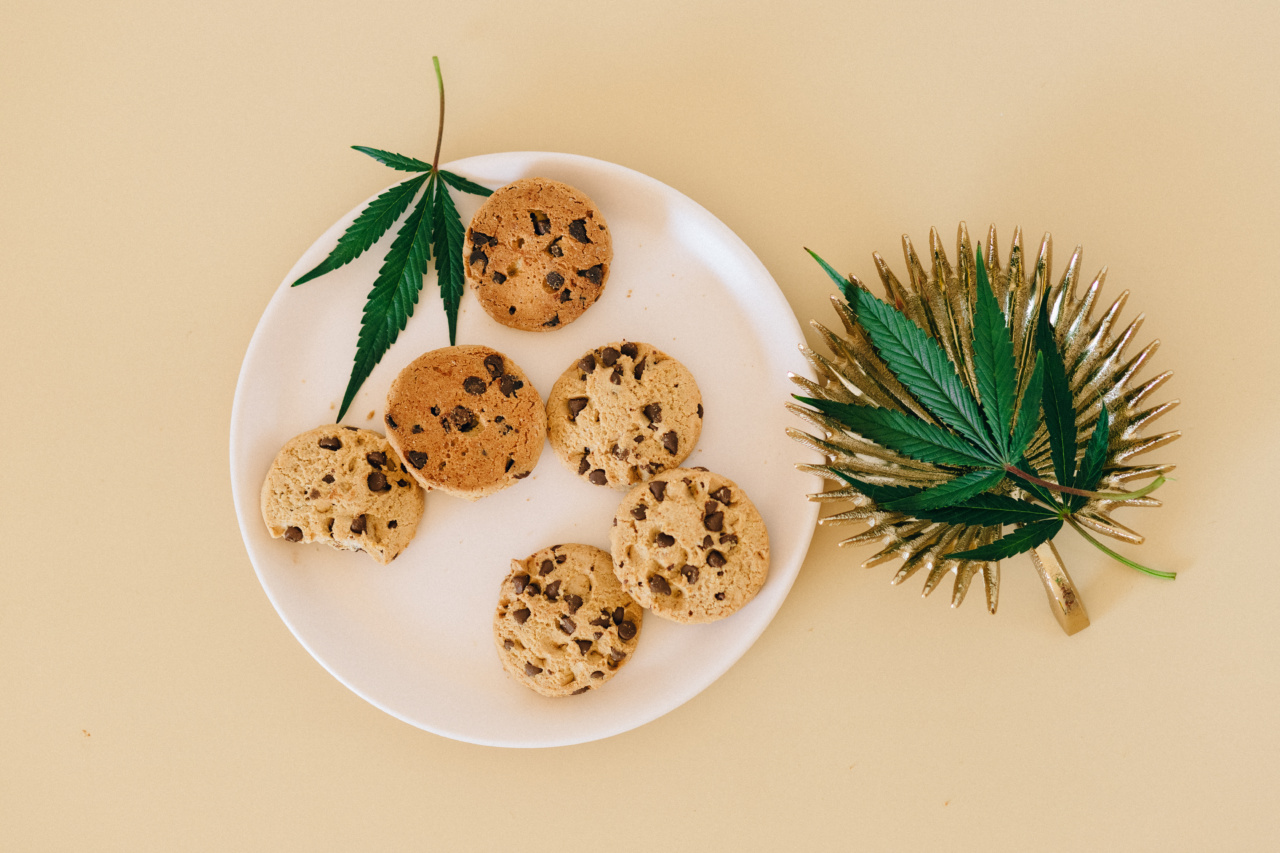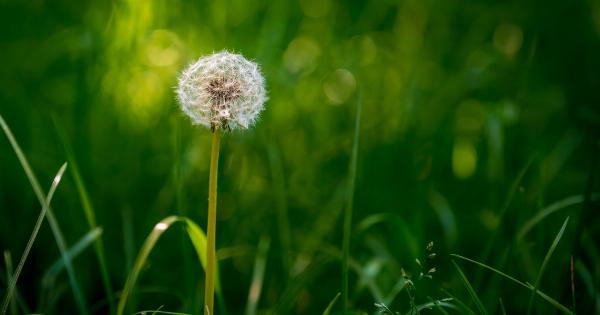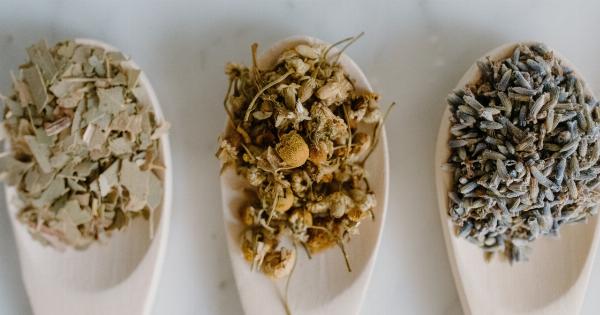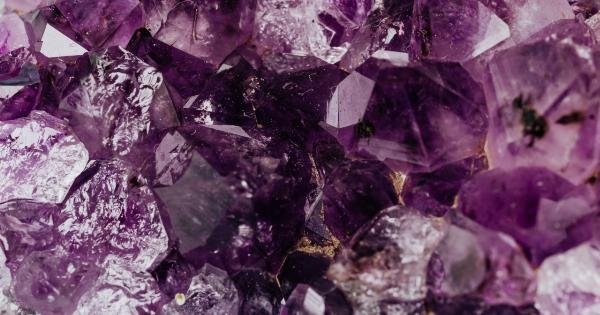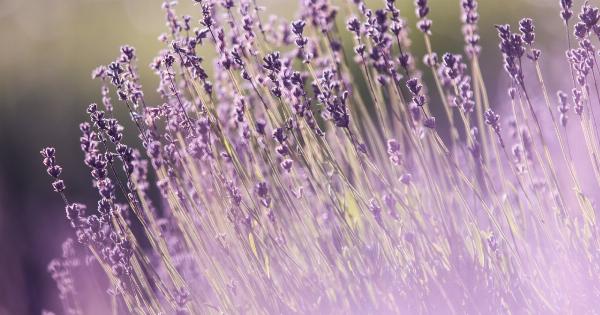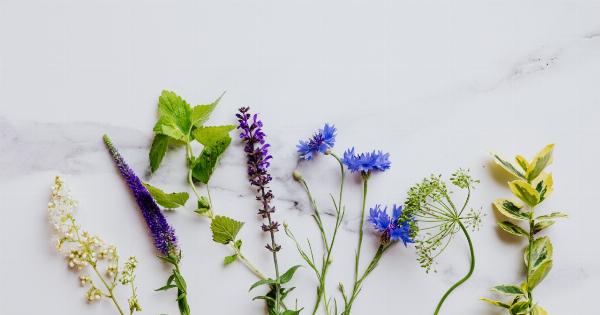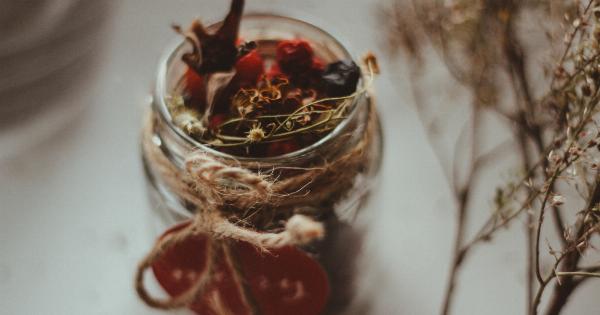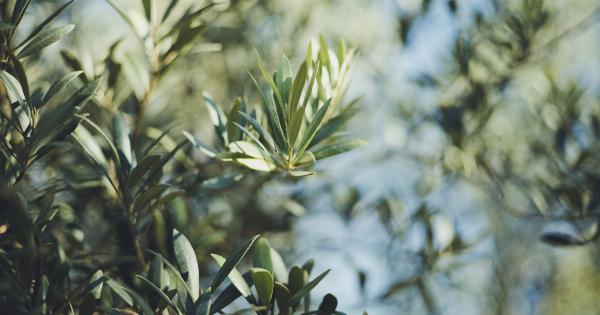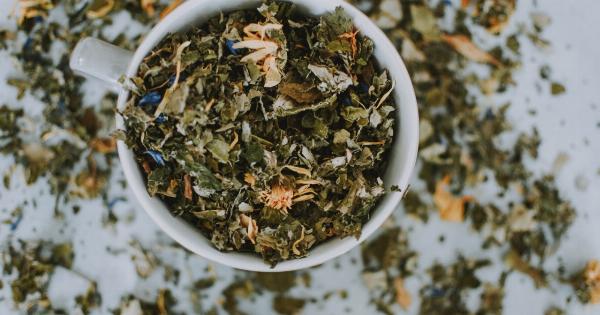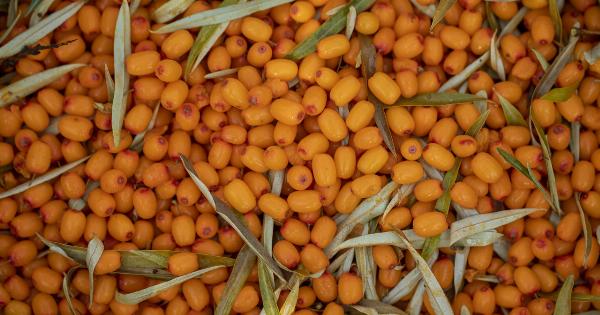Weeds are often seen as an annoyance in gardens and lawns, but what many people don’t realize is that these seemingly unwanted plants can actually possess a range of medicinal properties.
While some may dismiss them as mere nuisance, weeds have been used in traditional medicine systems for centuries due to their therapeutic benefits. In this article, we will explore the surprising medicinal properties of weeds and shed light on their healing potential.
Weed Name 1: Dandelion
Dandelion, scientifically known as Taraxacum officinale, is a widespread weed that is well-known for its bright yellow flowers and seed heads that transform into fluffy globes.
Despite being classified as a weed, dandelion has a long history of medicinal use.
Dandelion is rich in antioxidants and various vitamins, particularly vitamin C and vitamin A. It is also a powerful diuretic, promoting healthy kidney function and assisting in the elimination of toxins from the body.
Additionally, dandelion may help lower blood sugar levels and support digestive health.
Weed Name 2: Chickweed
Chickweed, scientifically known as Stellaria media, is a green leafy weed that is often found in gardens and lawns. It has a multitude of health benefits and has been used traditionally to treat various conditions.
Chickweed possesses anti-inflammatory properties, making it useful in soothing skin irritations and reducing swelling. It can also be used topically to alleviate itching and minor burns.
Furthermore, chickweed is believed to have a calming effect on the digestive system and may aid in relieving indigestion and stomach cramps.
Weed Name 3: Plantain
Plantain, not to be confused with the banana-like fruit, is a weed scientifically known as Plantago major. It is characterized by its broad leaves and small clusters of green flowers.
Plantain has a long history of traditional use in herbal medicine as a wound-healing herb. Its leaves contain natural antimicrobial compounds that can help prevent infection in minor cuts, scrapes, and insect bites.
Plantain leaves can be crushed and applied directly to the affected area to promote healing and reduce pain. In addition, plantain has mild anti-inflammatory properties and can be used to soothe skin conditions such as eczema and psoriasis.
Weed Name 4: Purslane
Purslane, scientifically known as Portulaca oleracea, is a weed that is packed with beneficial nutrients. It is commonly found in gardens, lawns, and even in sidewalk cracks.
Purslane is an excellent source of omega-3 fatty acids, which are essential for heart health. It also contains high levels of vitamins A, C, and E, as well as minerals like magnesium and potassium.
These nutrients contribute to its antioxidant and anti-inflammatory properties, making it beneficial for overall wellness. Additionally, purslane may help regulate blood sugar levels and promote healthy brain function.
Weed Name 5: Stinging Nettle
Stinging nettle, scientifically known as Urtica dioica, is a weed that is infamous for its stinging hairs. However, beneath its prickly exterior lies an array of medicinal benefits.
Stinging nettle has been used for centuries to treat conditions such as arthritis and allergies. It contains compounds that act as anti-inflammatories, providing relief to joint pain and reducing the symptoms of allergic reactions.
Additionally, stinging nettle has diuretic properties, aiding in the elimination of excess fluids and reducing bloating.
Weed Name 6: Burdock
Burdock, scientifically known as Arctium lappa, is a biennial weed that is often found growing in waste areas and along roadsides. It has a long taproot and produces purple or pink flower heads.
Burdock has been used in traditional medicine systems, particularly in Asian cultures, for centuries. It is known for its blood-purifying properties and has been used to support liver health and promote detoxification.
Additionally, burdock root is believed to have antimicrobial properties and may be beneficial in combating certain bacterial infections.
Weed Name 7: Yellow Dock
Yellow dock, scientifically known as Rumex crispus, is a perennial weed native to Europe but has spread to various parts of the world. It is recognizable by its tall, leafy stems and clusters of small yellow flowers.
Yellow dock has long been used as an herbal remedy for digestive issues, particularly constipation. It contains compounds known as anthraquinones that act as natural laxatives, promoting regular bowel movements.
Yellow dock is also believed to have blood-cleansing properties, assisting in the elimination of toxins from the body.
Weed Name 8: Milk Thistle
Milk thistle, scientifically known as Silybum marianum, is a prickly, purple-flowered weed that is native to the Mediterranean region. It is widely recognized for its potential liver-protective properties.
Milk thistle contains a flavonoid complex called silymarin, which is thought to be responsible for its medicinal benefits.
Silymarin has antioxidant and anti-inflammatory properties and may help protect liver cells from damage caused by toxins and free radicals. Milk thistle is often used as a supportive treatment for liver conditions such as hepatitis, cirrhosis, and fatty liver disease.
Weed Name 9: Yarrow
Yarrow, scientifically known as Achillea millefolium, is a flowering weed that is native to Europe and Asia but has since spread to North America and other regions. It is characterized by its delicate white or pink flowers and feathery leaves.
Yarrow has been used medicinally for thousands of years, with its historical uses ranging from wound healing to digestive support.
Yarrow possesses antimicrobial properties and can be applied topically to minor cuts and wounds to assist in their healing. It is also believed to have anti-inflammatory effects and may provide relief from menstrual cramps when consumed as a tea.
Weed Name 10: Common Mallow
Common mallow, scientifically known as Malva sylvestris, is a weed that is often found in gardens and disturbed areas. It is recognized by its pink or purple flowers and round, lobed leaves.
Common mallow has a long history of use in traditional medicine, particularly for its soothing properties.
It is known for its ability to soothe irritated tissues and mucous membranes, making it beneficial for conditions such as coughs, sore throat, and gastrointestinal inflammation. Common mallow can be prepared as a tea or used topically as a poultice.
